A friend of mine recommended that I check out Saul Leiter’s photographic work quite some time ago and it was on my ‘to do list’ for over a year. I finally got hold of a copy of his book Saul Leiter: Early Color and have been browsing through the book over the last two weeks.
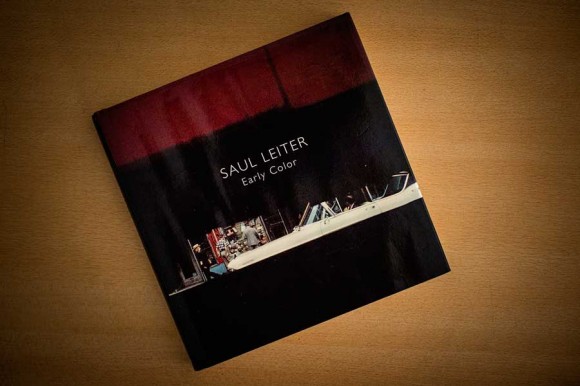
Some excerpts from the book’s blurb:-
“Although Edward Steichen exhibited some of Saul Leiter’s color photographs at the Museum of Modern Art in 1953, for forty years afterwards they remained virtually unknown to the art world. Saul Leiter: Early Color provides the first opportunity to see a comprehensive presentation of images by one of photography’s great originals.
Leiter moved to New York in 1946 intending to be a painter and through his friendship with the abstract expressionist Richard Pousette-Dart he quickly recognized the creative potential of photography. Though he continued to paint, exhibiting alongside Philip Guston and Willem de Kooning, Leiter’s camera became — like an extension of his arm and mind — an ever-present interpreter of life in the metropolis.
. . . for him the camera provided an alternative way of seeing, of framing events and interpreting reality. He sought out moments of quiet humanity in the Manhattan maelstrom, forging a unique urban pastoral from the most unlikely of circumstances.”
I am glad I took up my friend’s recommendation to check out Leiter’s work. Saul Leiter: Early Color features 100 colour photographs that Leiter took mostly in the 1950s. I cannot think of many street photographers from the 1950s to 1970s who worked well in colour. The only one that comes to mind is Helen Levitt (see Slide Show: The Color Photographs of Helen Levitt).
“I started out as a fashion photographer. One cannot say that I was successful but there was enough work to keep me busy. I collaborated with Harper’s Bazaar and other magazines. I was constantly aware that those who hired me would have preferred to work with a star such as Avedon. But it didn’t matter. I had work and I made a living. At the same time, I took my own photographs. Strangely enough, I knew exactly what I wanted and what I liked.” ~Saul Leiter
Leiter, who is almost approaching 90, only got his personal photographic work recognized (and deservedly so!) fairly recently. Leiter’s photographs are a treat to look at. Many of his photographs look like paintings due to the almost abstract way he used the colours and tones he saw. He often used expired film as well due to the unpredictability of the color shifts. I enjoy his use of reflections as well as the strong vertical lines he employs in the framing of his photographs. The majority of his photographs are framed vertically and this book would be an excellent lesson on how to effectively frame photographs vertically.
“I spent a great deal of my life being ignored. I was always very happy that way. Being ignored is a great privilege. That is how I think I learnt to see what others do not see and to react to situations differently. I simply looked at the world, not really prepared for anything.
In order to build a career and to be successful, one has to be determined. One has to be ambitious. I much prefer to drink coffee, listen to music and to paint when I feel like it.” ~Saul Leiter
Saul Leiter: Early Color (available on Amazon US and UK) is released by Steidl publishing and is on the small side (20 x 20cm clothbound hardcover with dust jacket at 168 pages with 100 color plates). This format seems to fit Leiter’s photographs well. It is into its 2nd edition which seems to be sold out at the moment; hence the high prices for the book. A much cheaper option for an introduction into Leiter’s photographic work is the book Saul Leiter (Photofile) (available on Amazon US and UK).
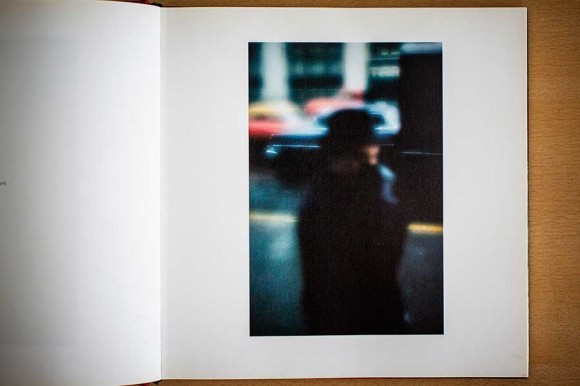
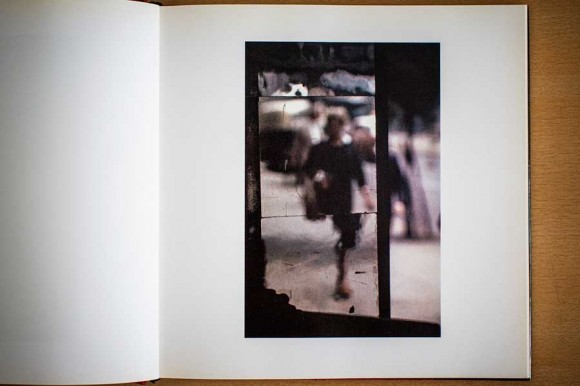
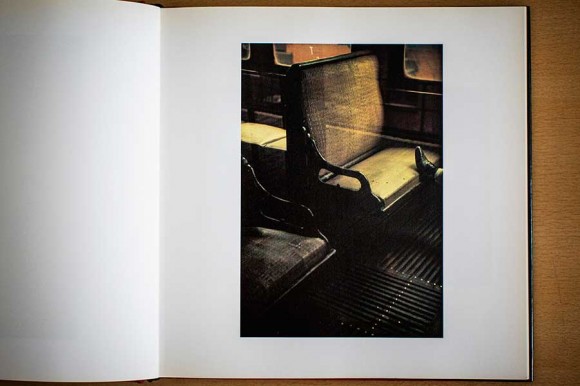
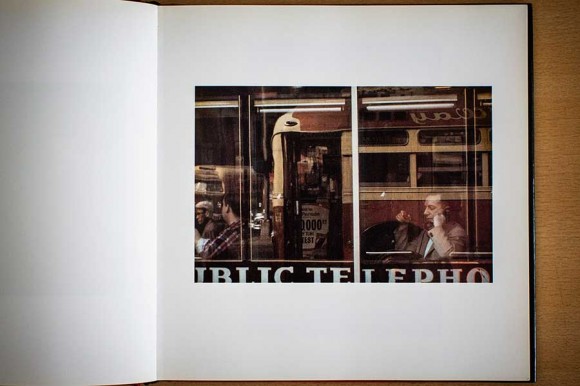
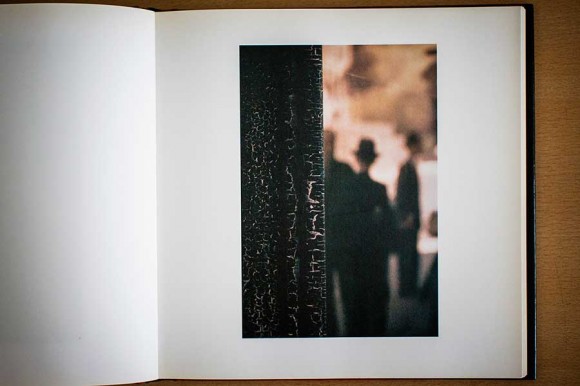
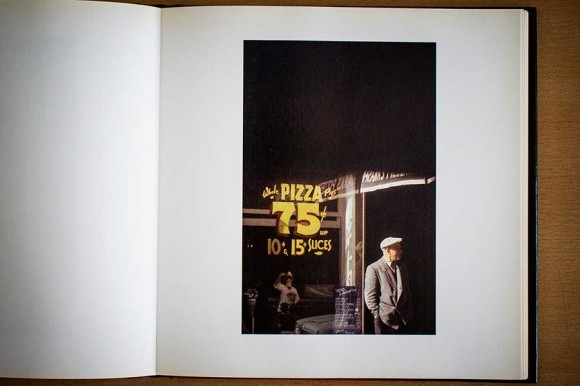
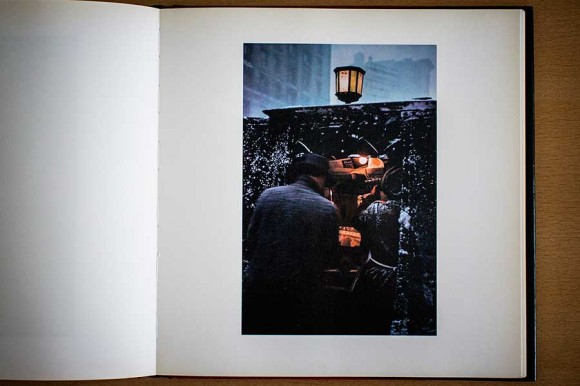
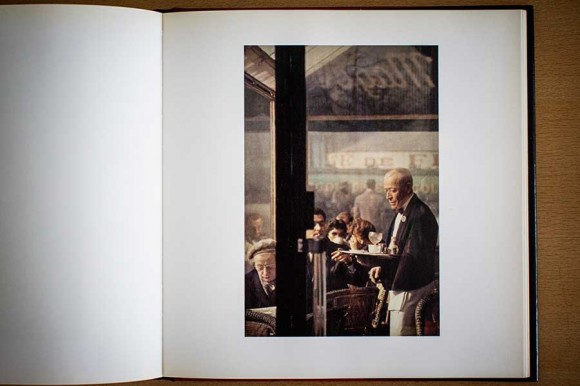
All photographs from the book featured on this post © Saul Leiter
Share

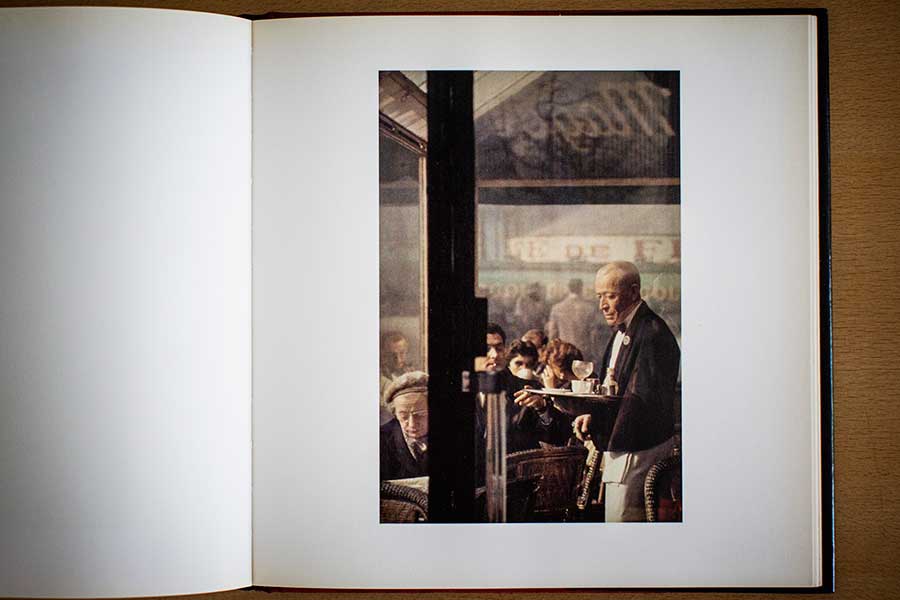
Comments 8
RT @InvisPhotogAsia: Saul Leiter – Early Color ##ipaphotoasia http://t.co/HA5j396I
Saul Leiter – Early Color http://t.co/vTqIVCOL
Saul Leiter – Early Colour http://t.co/Qlr8vNrI
saul leiter … http://t.co/OY5Q1Nnd
RT @InvisPhotogAsia Latest Post: Saul Leiter – Early Color. #ipaphotoasia http://t.co/c3AkDKjD
Latest Post: Saul Leiter – Early Color. #ipaphotoasia http://t.co/UR2a6c4R
Saul Leiter – Early Color http://t.co/kGZagmAx #photojournalism
Latest Post: Saul Leiter – Early Color. #ipaphotoasia http://t.co/UR2a6c4R